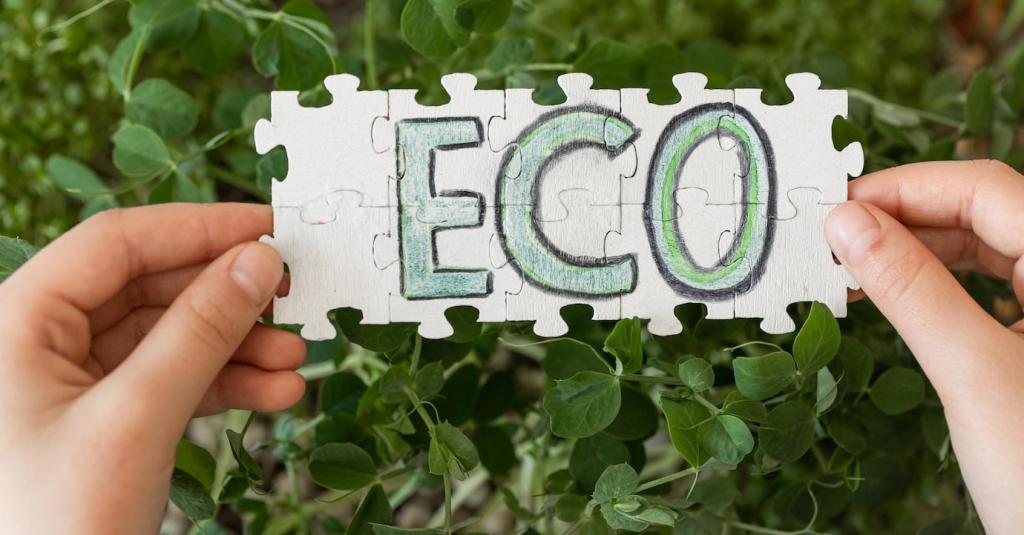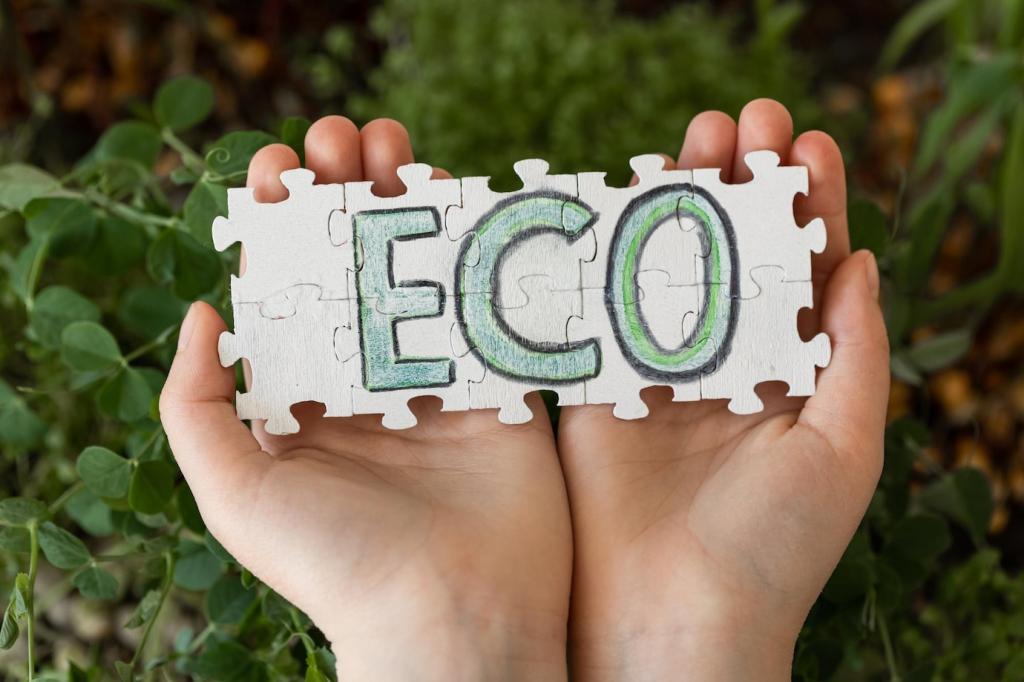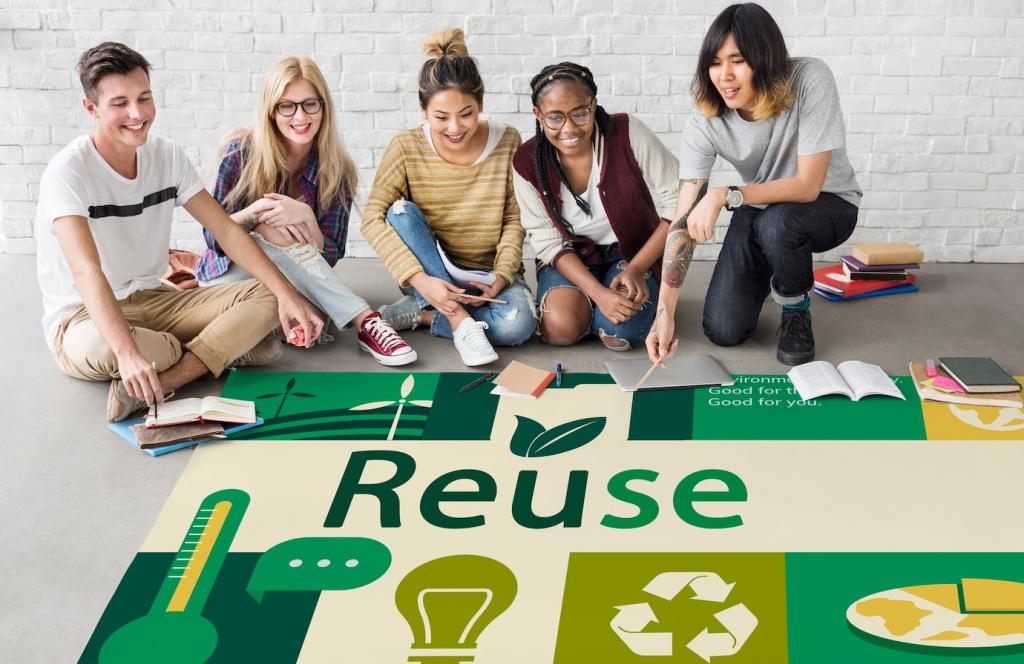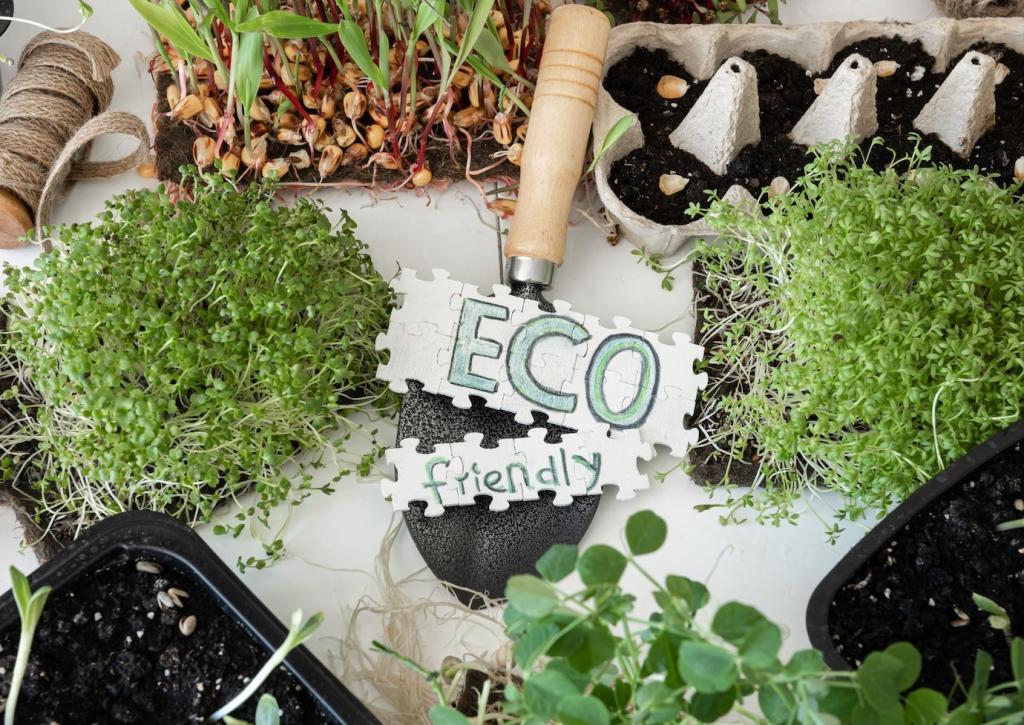The Role of Sustainable Practices in Energy Transition
Foundations of Sustainable Practices in the Energy Transition
Sustainable practices flip the script from take–make–dispose to circular, restorative cycles. In energy, that means prioritizing materials recovery, responsible sourcing, and end‑of‑life planning so today’s solutions do not become tomorrow’s problems.
Standards and Codes That Actually Stick
Building codes, appliance standards, and fleet rules can quietly deliver huge savings. When updated regularly and enforced consistently, they steer markets toward efficient technologies without demanding constant attention from busy consumers.
Carbon Pricing and the Signals We Send
Credible carbon prices, paired with protections for vulnerable households, reward low‑carbon choices across the economy. They make efficiency upgrades pencil out and help sustainable options compete fairly against entrenched, polluting practices.
Local Leadership, Global Alignment
City programs, regional plans, and national targets work best when aligned with international frameworks. Shared metrics reduce confusion, help suppliers plan, and prevent pollution from simply shifting across borders or jurisdictions.
Technology Enablers Built on Sustainable Principles
01
Site wind and solar to protect habitats, involve neighbors early, and plan for biodiversity. Community benefit agreements and agrivoltaics can turn projects into local assets rather than contested symbols of far‑away decision‑making.
02
Choose chemistries and designs that minimize critical mineral use, extend battery life, and enable second‑life applications. Pair storage with efficiency and demand flexibility to reduce the total capacity required to maintain reliability.
03
Digital tools, when deployed responsibly, balance loads, integrate renewables, and empower households. Privacy‑protecting data practices and intuitive interfaces help people participate without stress, turning small choices into system‑wide gains.
People-Centered Transition: Equity, Jobs, and Communities
In one former coal town, a training center paired insulation skills with solar installation credentials. Paychecks returned, heating bills fell, and pride rose as homes became healthier, quieter, and cheaper to live in.


People-Centered Transition: Equity, Jobs, and Communities
A coastal cooperative built a modest wind project after kitchen‑table meetings and open books. Members now offset bills, fund local scholarships, and proudly point to turbines that reflect their values and stewardship commitments.
Corporate Action and Supply Chains
Ambitious targets mean little without supplier engagement and product redesign. Firms that map emissions hotspots, co‑invest in efficiency, and support clean procurement unlock reductions far beyond their own factory gates.
Corporate Action and Supply Chains
Buying low‑carbon steel, cement, and power with clear criteria rewards innovators. Long‑term contracts stabilize demand, helping emerging technologies scale while giving finance teams confidence that sustainability and competitiveness can coexist.
Corporate Action and Supply Chains
Public progress reports, third‑party verification, and corrective action plans build trust. When mistakes surface, candid learning and rapid fixes show stakeholders that sustainability is a disciplined practice, not a marketing slogan.
Financing Sustainability at Scale
Clear taxonomies and credible use‑of‑proceeds keep capital honest. Whether funding rooftop solar or industrial heat electrification, transparent criteria prevent greenwashing and help investors compare impact alongside risk and return.


Life Cycle Assessment Without the Jargon
A life cycle view tracks impacts from raw materials to recycling. It helps pick truly lower‑carbon options, avoiding hidden trade‑offs and ensuring today’s solutions remain responsible as deployment scales rapidly.

Data, Open Tools, and Trust
Open datasets and shared methodologies let cities, companies, and co‑ops compare results. When everyone uses common, transparent tools, debates shift from doubt to action, and collaboration becomes easier and faster.

Engage: Track Your Own Footprint
Try a home energy audit, share your findings, and set one measurable goal this month. Comment with your progress, subscribe for check‑ins, and inspire someone else to take a first step.
